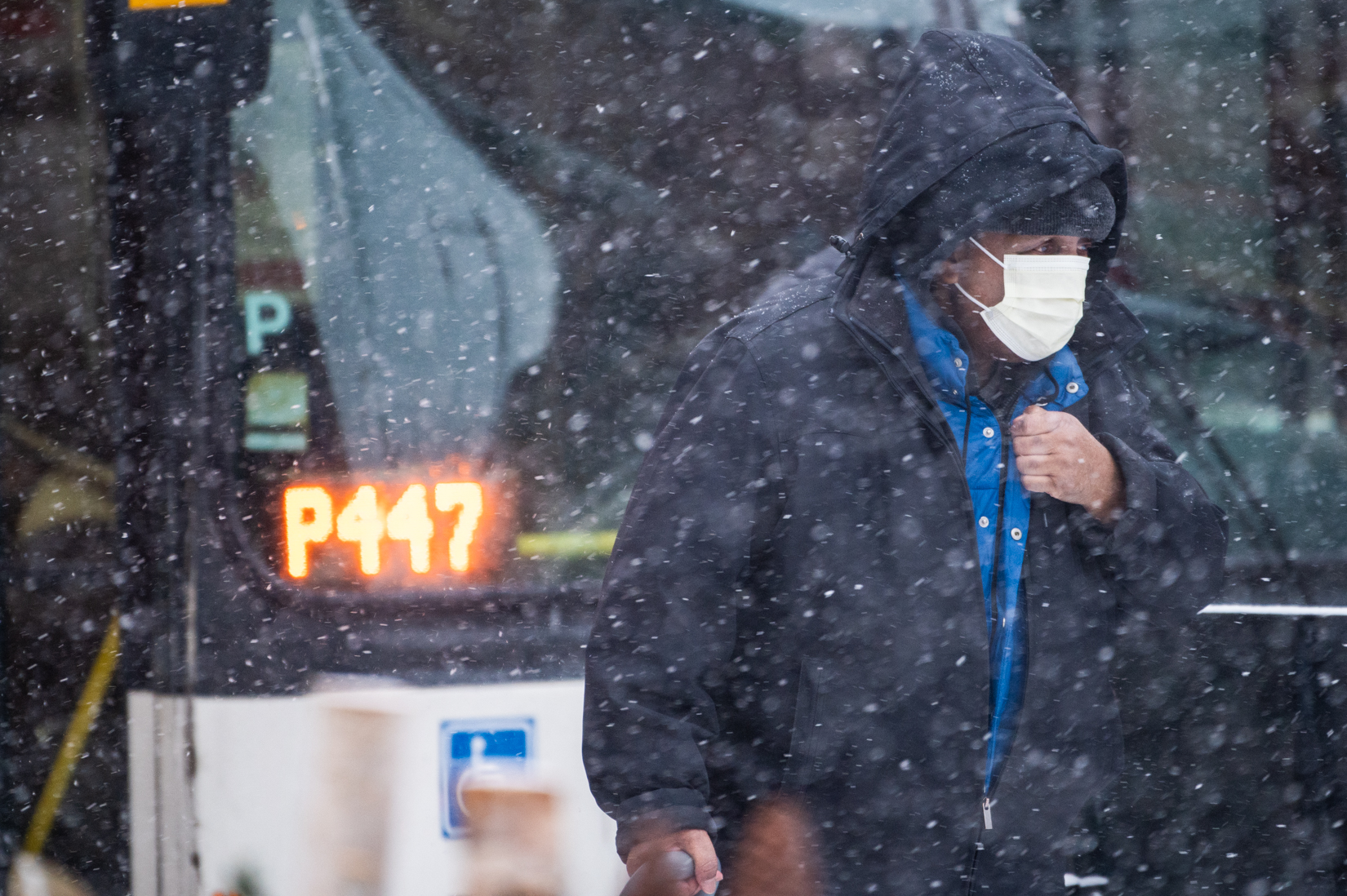It’s getting colder. The trees are losing their leaves. The sun is setting before 5 p.m.
Winter is coming.
And for some New Yorkers, that means their SAD — seasonal affective disorder — is too. It’s a type of depression marked by significant mood changes tied to seasons, particularly the colder months of the year.
SAD symptoms can include persistent sad, anxious or “empty” moods for most of the day, feelings of hopelessness, and a loss of interest or pleasure in hobbies and activities, according to the National Institute of Mental Health. It can also come with decreased energy, difficulty concentrating and changes in sleep or appetite, including oversleeping. Serious symptoms include thoughts of death or suicide and even suicide attempts.
Mental health experts say even people who aren’t suffering from clinical depression can experience dips in energy levels and mood changes because of diminished daylight, colder weather that makes it difficult to spend time outside and socialize
In New York City, where many people live and work in areas where tall buildings block sunlight, people might be at higher risk of experiencing SAD symptoms, said J. Ryan Fuller, clinical psychologist and executive director of New York Behavioral Health.
“So the fall and winter months are already going to mean we’re getting less sunlight exposure and skyscrapers, of course, are gonna limit even more sunlight,” he said. “In addition to that, most people in New York City work incredibly hard and incredibly long, and so they’re typically going in very early, oftentimes before there’s a lot of sunlight exposure, and they’re leaving work very late when they’re not being exposed to the sunlight.”
Molly Sherb, a psychologist at the Mount Sinai Health Center, said people tend to isolate more this time of year, and while the holidays are a joyous time for many, it can be a triggering time for others.
“ I think that it’s so much easier to isolate when you’re feeling cold and when it’s darker out and when it’s easier to just kind of go home,” she said. “ The holidays and what that triggers for people for many different reasons can, can be really tough … There’s many different reasons, not just a few actually, why people struggle with the holidays. It’s related to challenging family dynamics, it’s related to grief, in terms of if this is the first or a recent holiday after someone has passed, it’s related to expectations for what you were hoping would happen by this time.”
Tips for SAD and seeking help
Fuller said depression and SAD respond well to treatment, and those experiencing symptoms should seek professional help.
“ Fortunately, if someone does have a diagnosis of seasonal affective disorder, it’s very responsive to cognitive behavioral therapy, so that’s one option. “It’s also very responsive to light therapy. And so it’s definitely something that if you believe you might be having those symptoms, it’s a good idea to go get assessed.”
A therapist might recommend an at-home sun lamp that mimics natural daylight, she said.
Fuller also recommends getting as much real sunlight as possible during the colder months by going on walks outside whenever possible.
Sherb highlighted the importance of socializing, and said people who are struggling with isolation should make low-stakes plans to ease into seeing others.
“ If you are someone that just goes home after work and just wants to like put sweats on and hang out at home and not really have to engage with anyone, then you’re gonna have to figure out some type of plan that is a little bit more social, but close to that,” she said. “ Maybe you decide to call a friend once a week, maybe that’s the first step. If you’re already talking to friends, then the first step might be actually getting out and doing things.”
Immediate help: New Yorkers experiencing mental health crises can call the New York State 988 Suicide & Crisis Lifeline, which also does work in all other states. Local contact centers can connect New Yorkers to providers in the community. Find more information on the state’s program or start a chat here.
Assistance for teens: Last year, the city launched “Teenspace,” a partnership with TalkSpace to provide teens with free therapy via phone, video and text. To register, a teen must enter their address and birthday, as well as a parent or guardian’s information so they can provide consent. The system matches a teen with a therapist within a few days, and the city says therapists reply five days a week.
Teens aren’t required to be experiencing mental health systems to participate, but the service can help with concerns including anxiety, depression, stress, relationship issues, grief and trauma.
Free and low-cost help: New Yorkers can make use of a range of options, including services through NYC Health and Hospitals, regardless of their ability to pay. NYC Health and Hospitals offers appointments by calling 1-844-692-4692 or online.
New Yorkers who can’t afford insurance or don’t qualify because of their immigration status can still sign up for NYC Care, which guarantees low-cost or no-cost services through NYC Health and Hospitals.
Clinics affiliated with graduate schools often have reduced rates as well, including ones at City College, NYU, Fordham and St. John’s University.
For assistance getting connected to resources, New Yorkers can also call the National Alliance on Mental Illness New York City at 212-684-3264.
Source link

